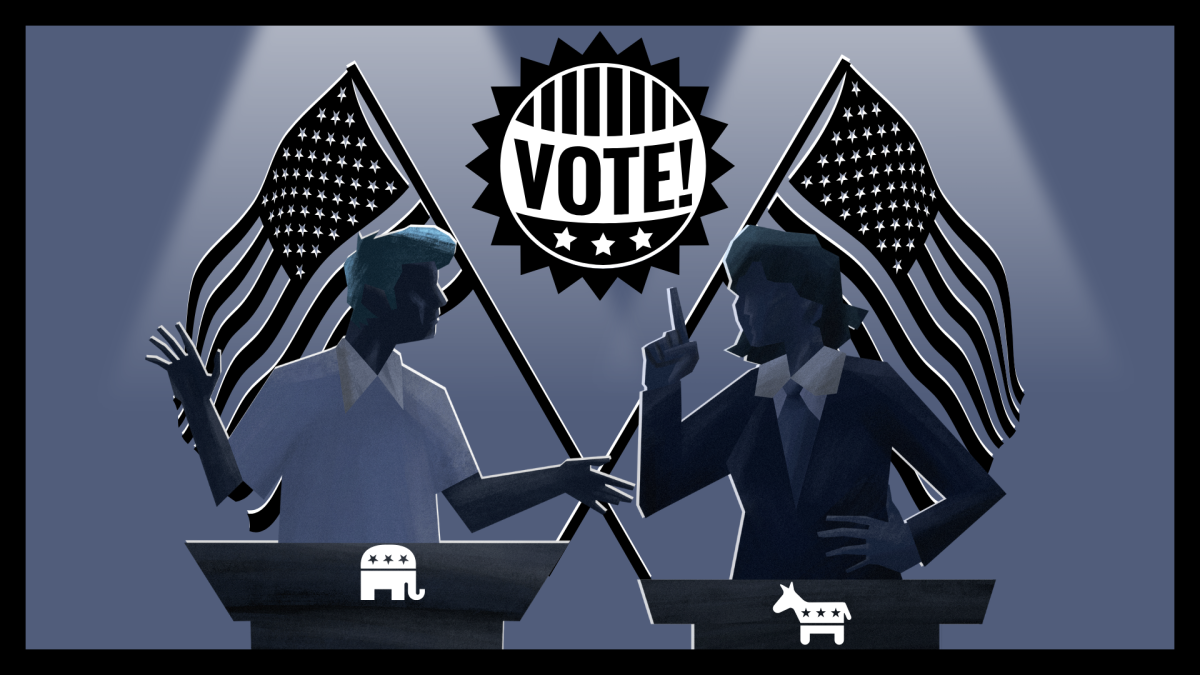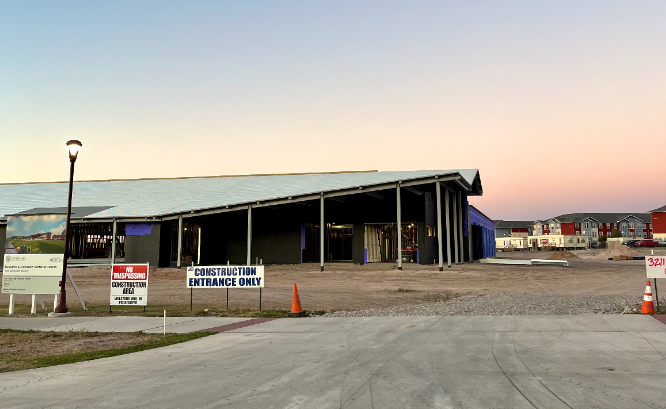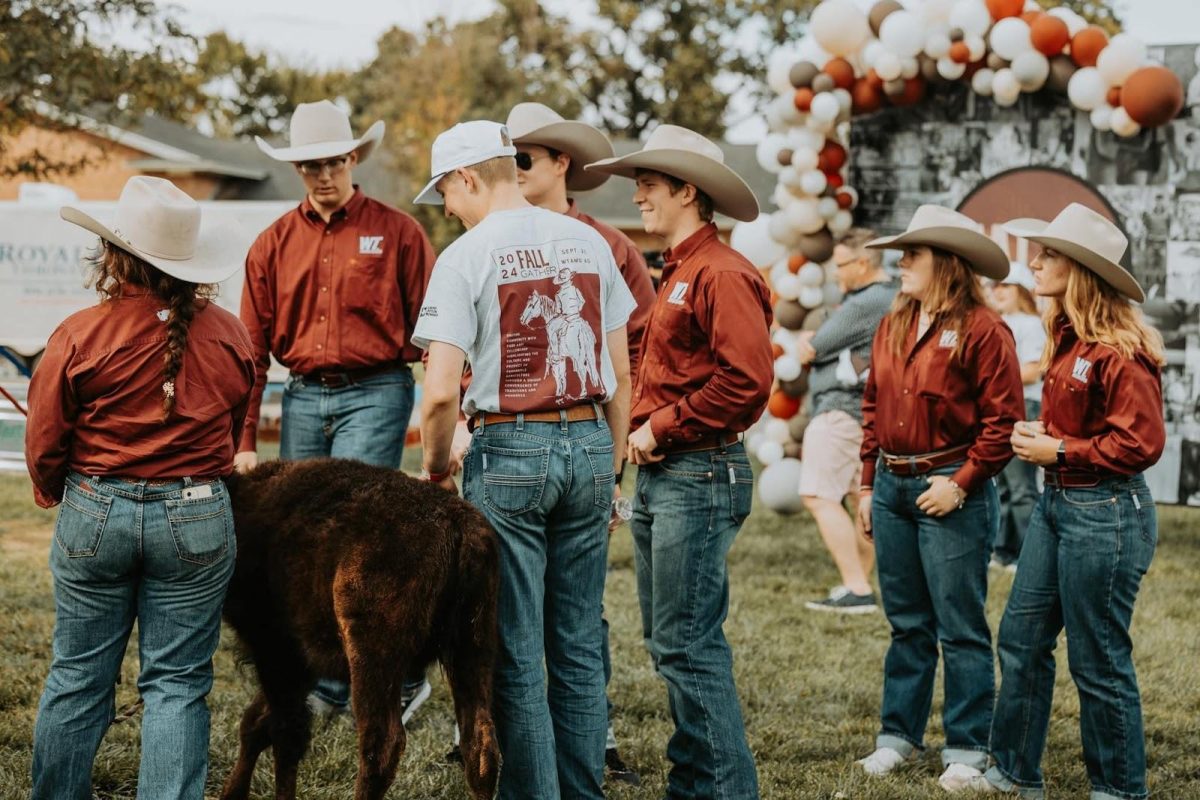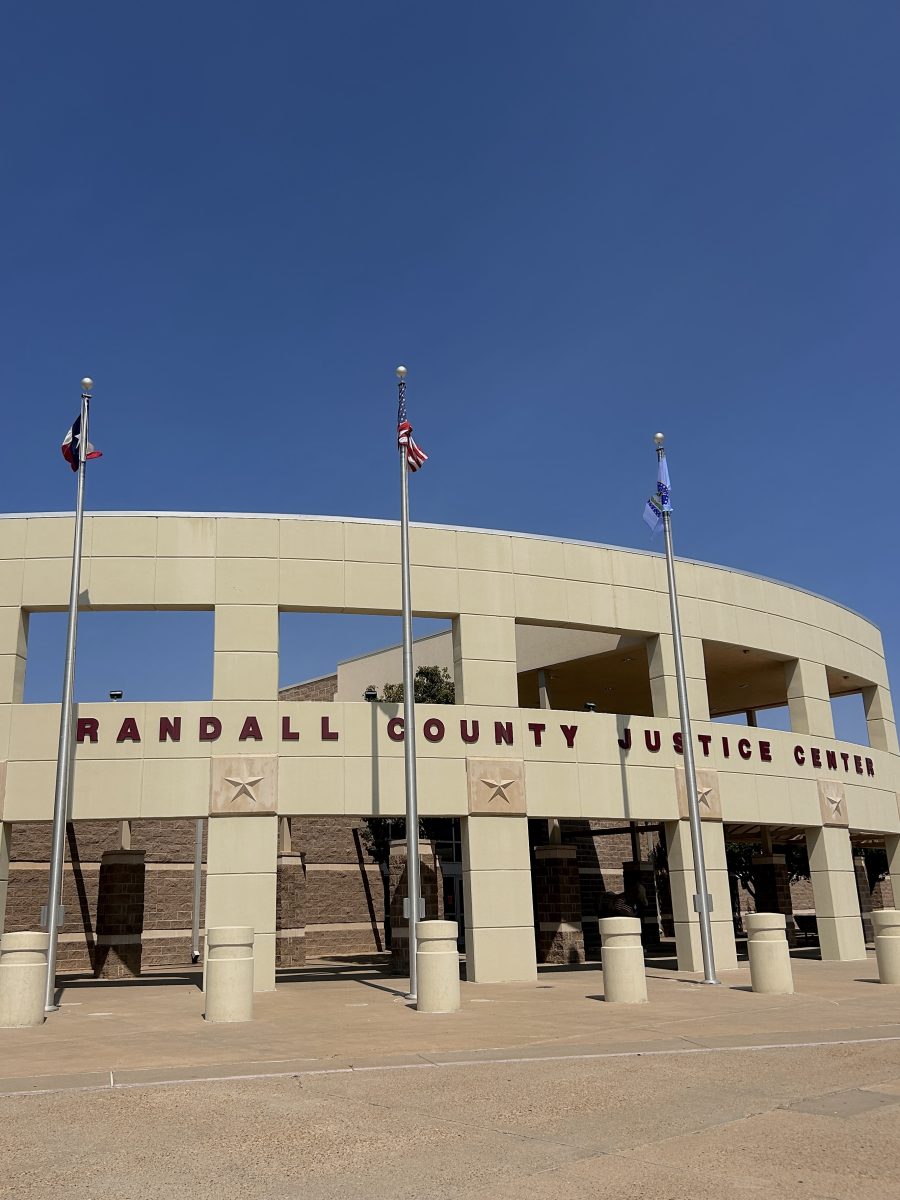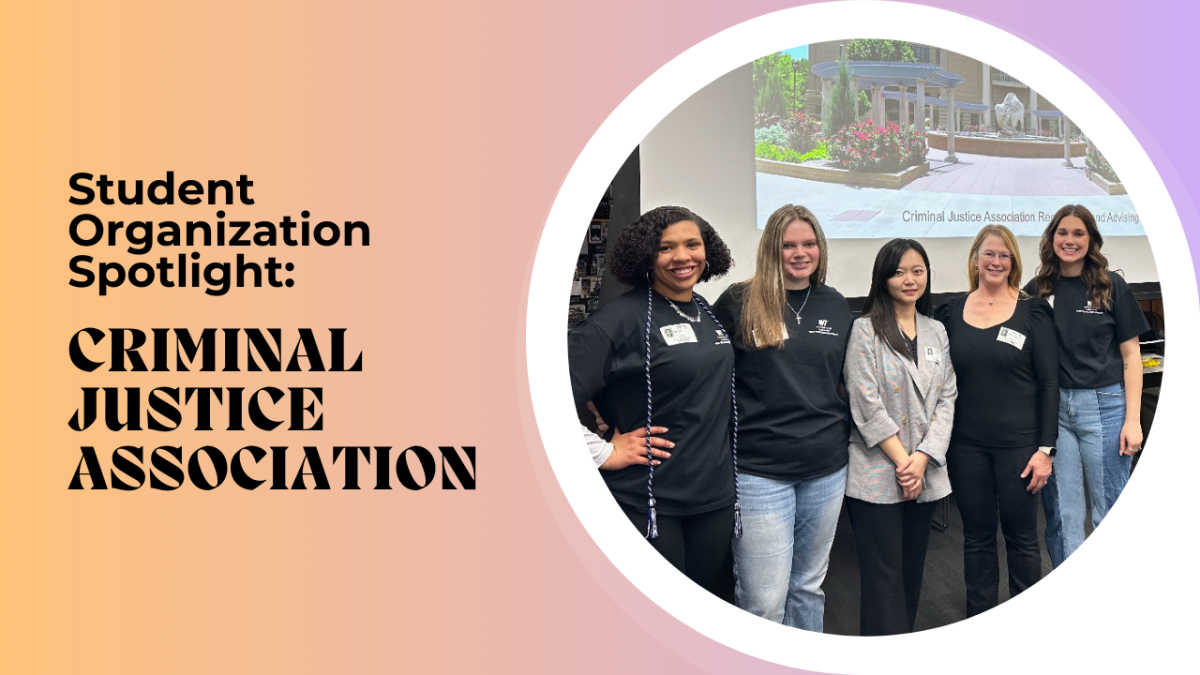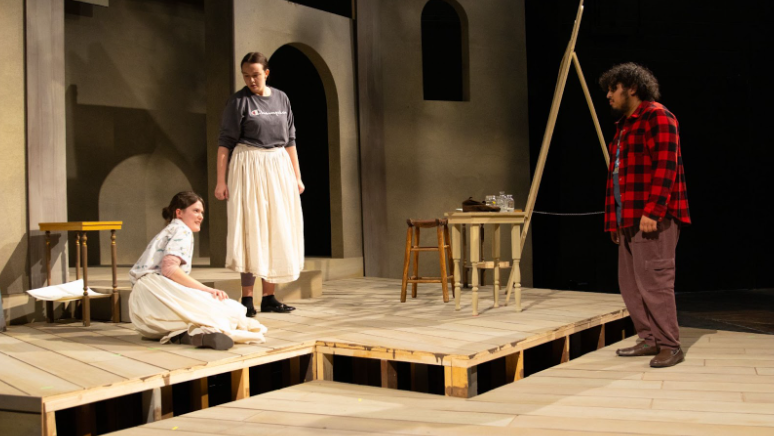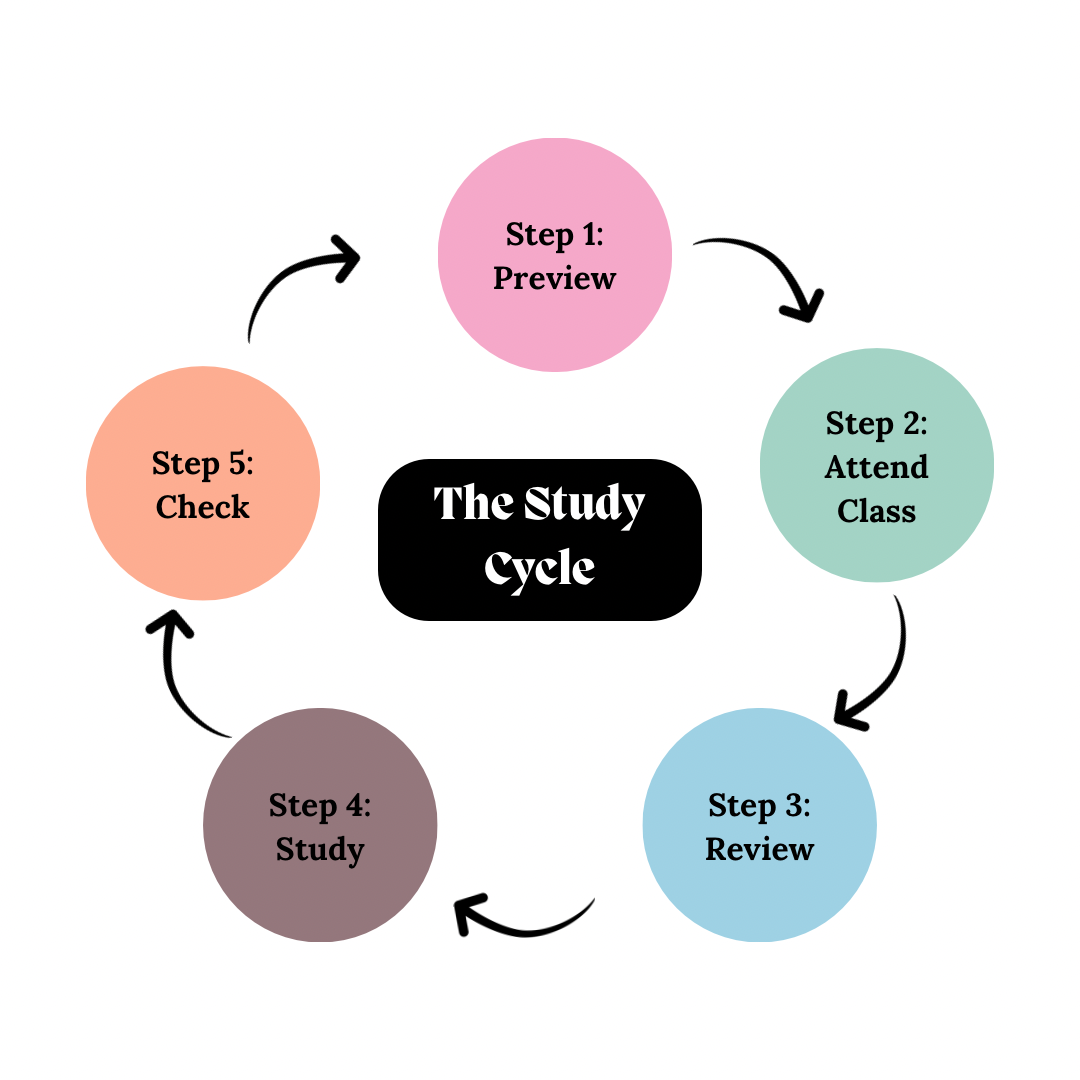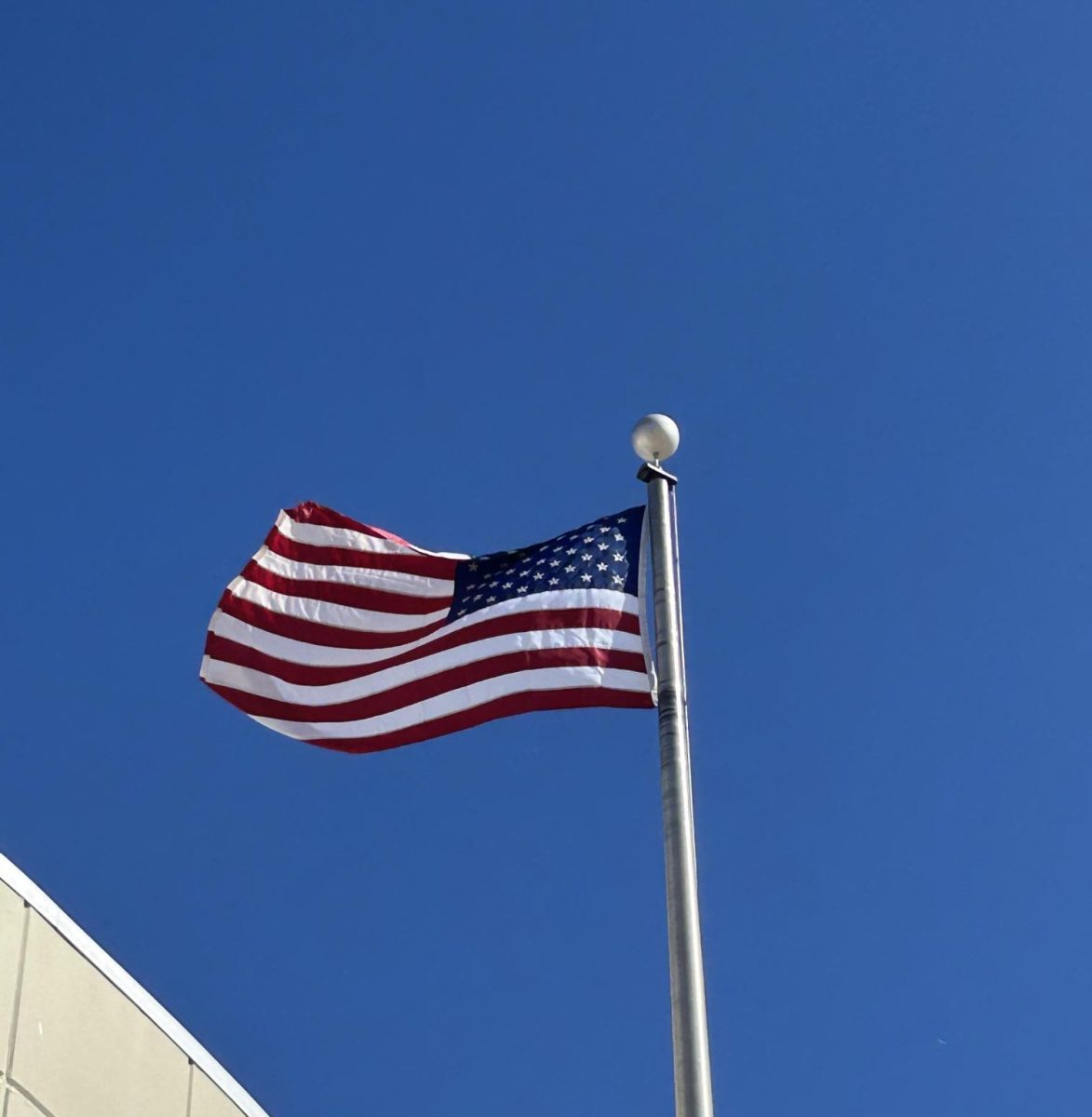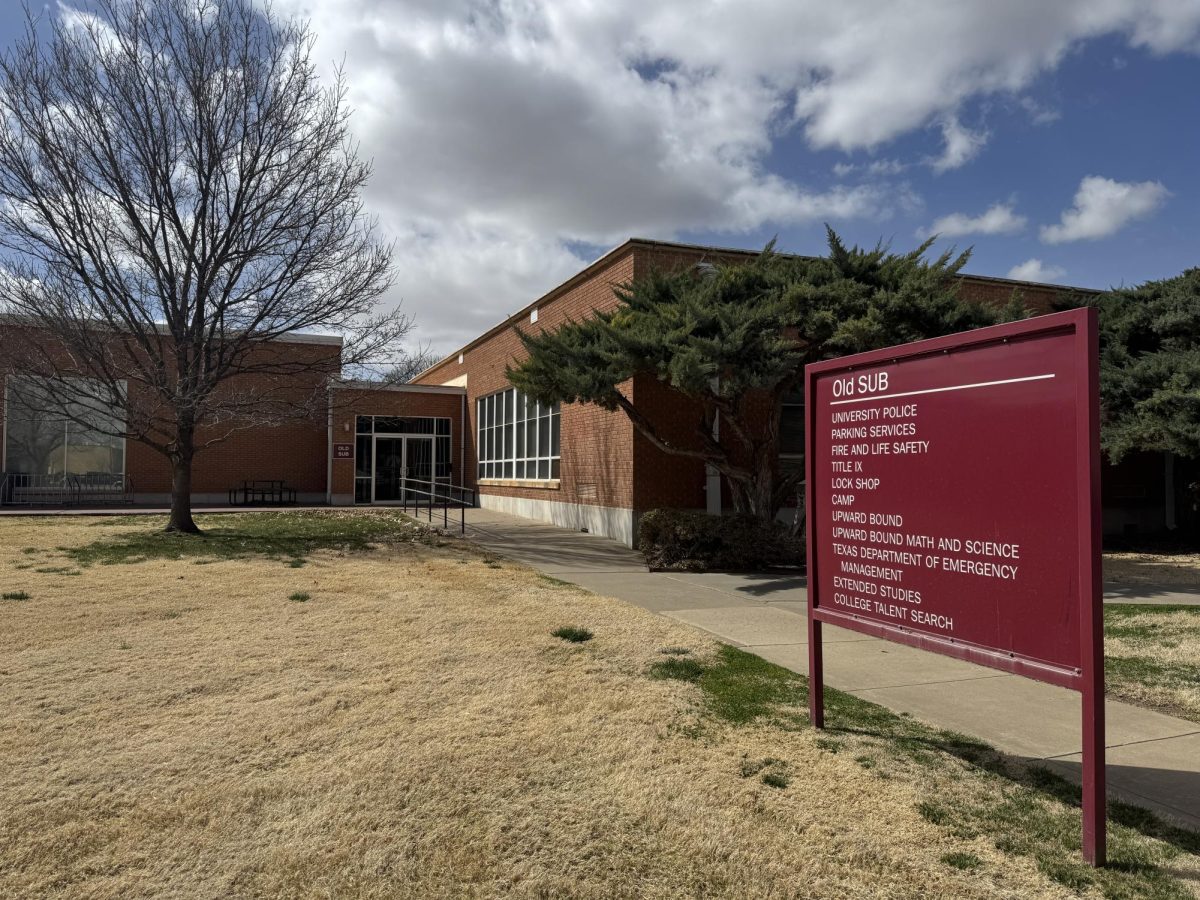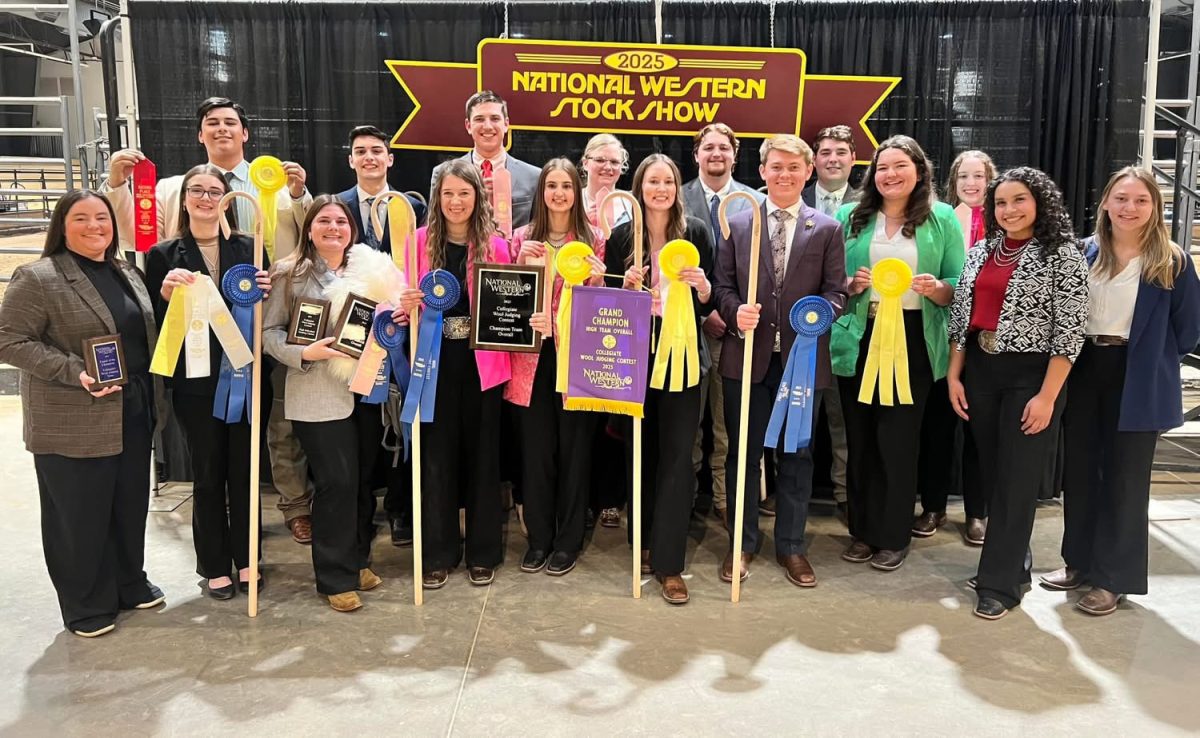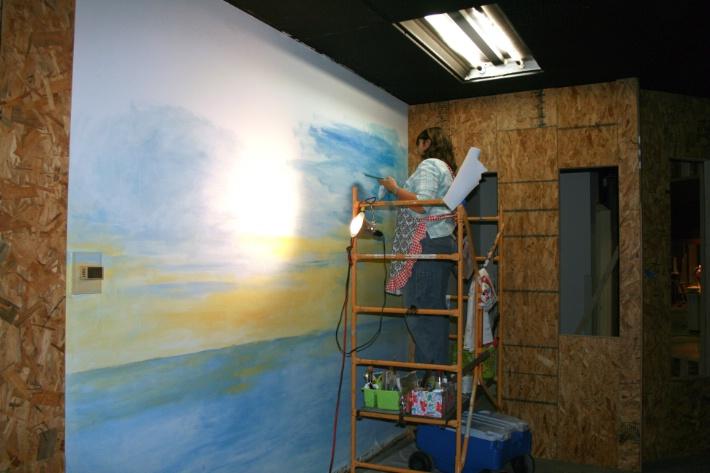
On June 30, 2012, the Panhandle-Plains Historical Museum will debut its new authentic and interactive Pioneer Town.
The extensive project began early last April and has been constructed by a large team, who thoroughly researched the time period.
Each contributor examined Panhandle life in the late 19th century to correctly add detail to the town, explained Communications Coordinator Andrea Porter.“Our time period is 1890-1910 [and] everybody had to do research concluding proof verifying Pioneer Town matched the time period,” Porter said. “I don’t think you could get anything more realistic than what we’re doing. Even the curtain rods are very specific.”
Renovations include detailed replicas of about 30 actual Panhandle businesses from the 1900s.
“We’ve tried to represent not only Canyon, but businesses from all around the Panhandle,” Porter said.
Porter explained the entrance of Pioneer Town’s design is to embody a railroad depot so visitors can experience what it was like for settlers to arrive for the first time. People can also expect to see a barbershop, photographer’s studio, drug store, jewelry store, doctor’s office and much more.
According to Education Coordinator Millie Vanover, even “town sounds” will be heard throughout the area.
Vanover also shared plans of teaching visiting students in the new schoolhouse.
“I’ll have it set up to where school groups can come in, sit down and we’ll have a school lesson,” Vanover said. “The school will have lots of interactives, like reproductions of old books they used.”
Along with numerous stops and shops, the PPHM team included several textures and facades to enhance the significance of each building.
“There will be a lot of texture: wood, stone and adobe buildings,” Porter said. “We’ve [also] had a muralist come in and paint sunsets.”
Lavern Burton joined the team in September as the mural artist of the new project.
“We decided there would be 23 murals,” Burton said. “They were explicit about what they wanted and I did several sketches they approved.”
Burton said contributing to the project is a dream come true.
“I went to school here at WT and later taught art. I had a gallery next to the museum and began mural painting in my home,” Burton said. “I remember walking in this museum a long time ago, saying ‘Man I’d sure like to do murals in a museum one day.’ And here I am.”



